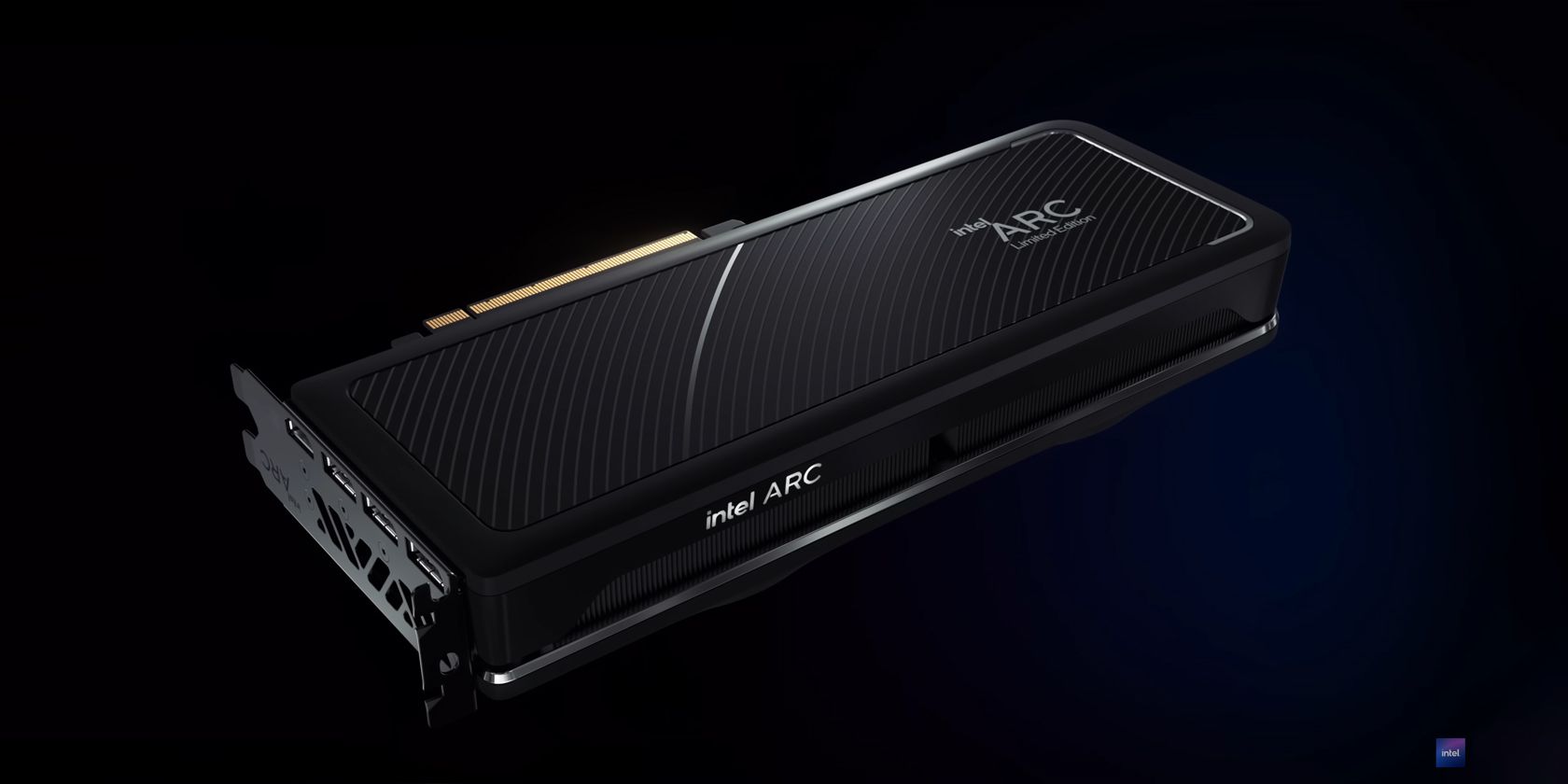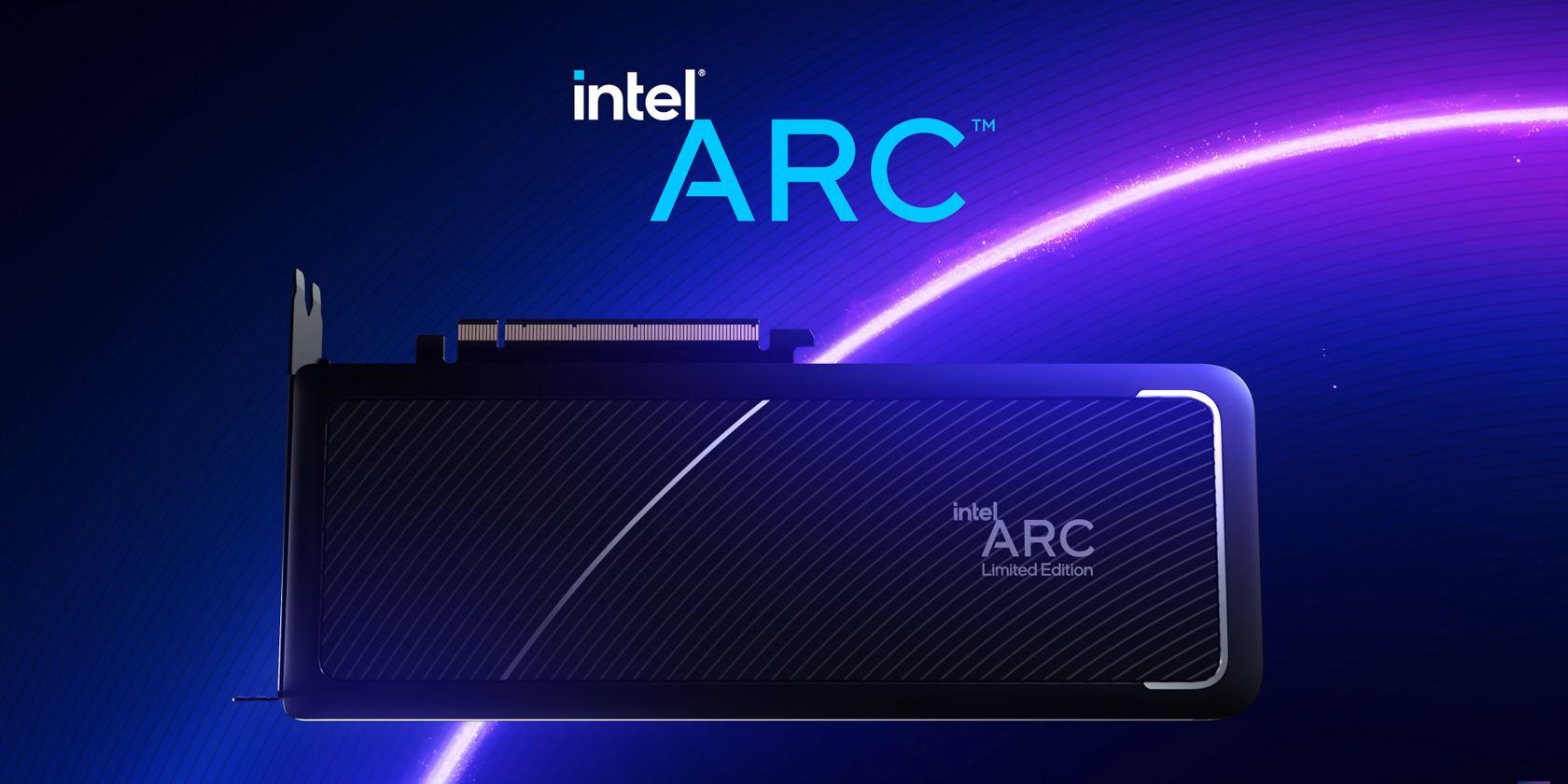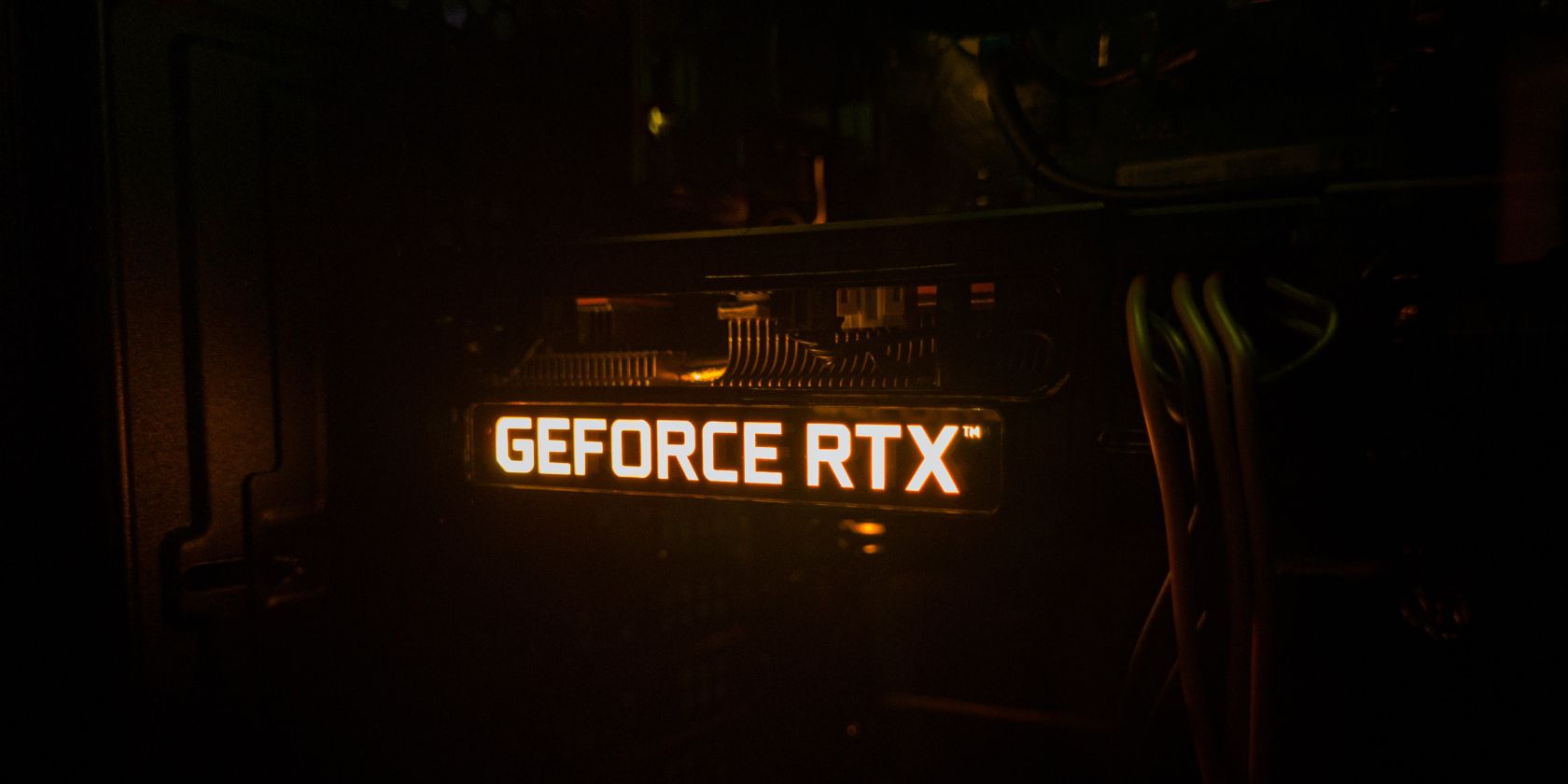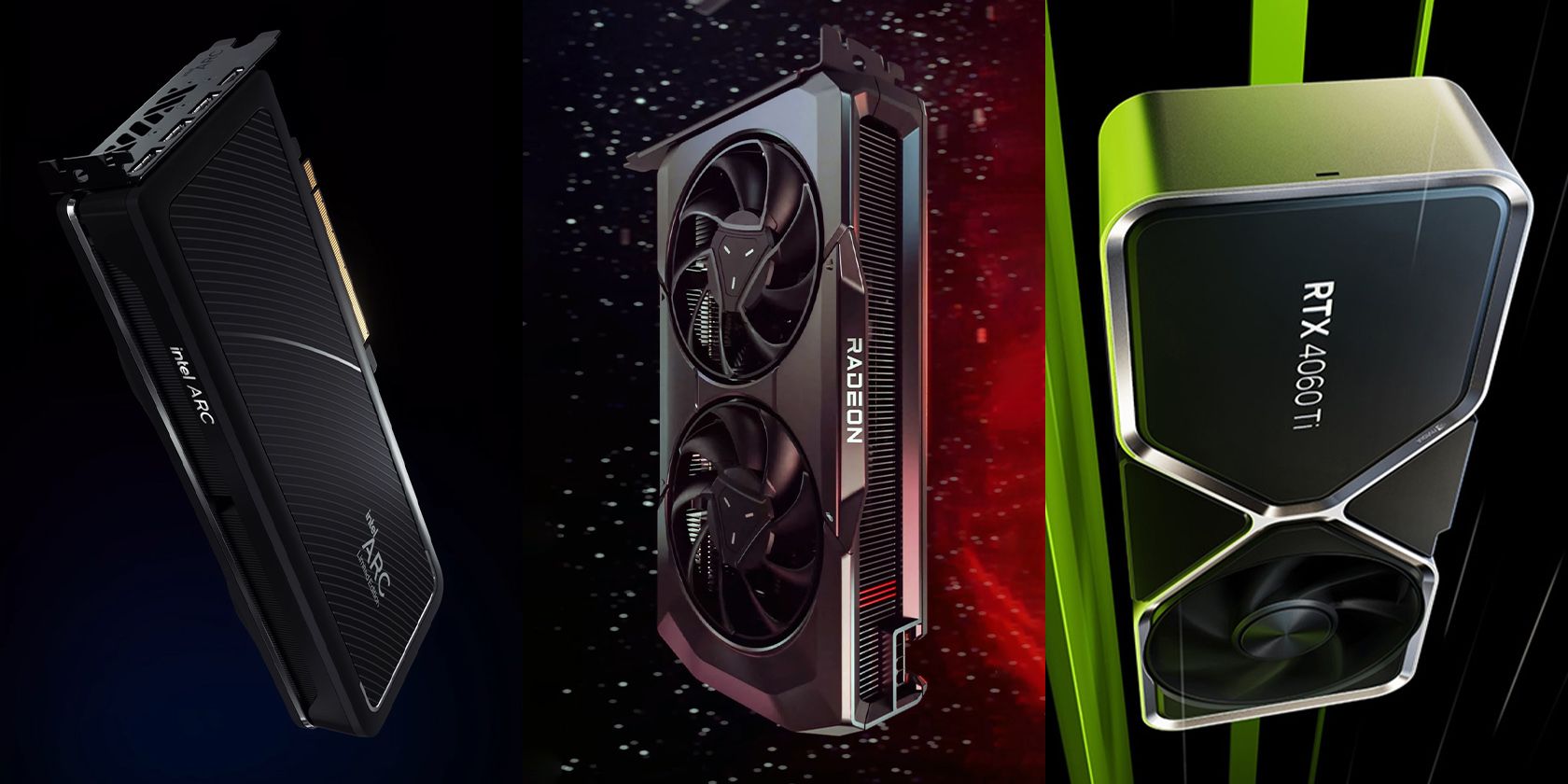The graphics card battle has been fought between two parties for way too long. On the one hand, we have Nvidia with its GeForce RTX GPUs. On the other hand, AMD has fought the long fight with its Radeon lineup. But we've desperately needed a third party to break into the market and keep both companies in check. That's the role Intel has sought to play with the launch of its Arc GPUs.
But are Intel's Arc GPUs good enough, and should you give them a shot?
1. Intel Arc GPUs Are Really Cheap
Perhaps the most important reason to choose an Intel GPU over an Nvidia or AMD GPU is a reason Intel, itself, has touted: they're cheap. Like, really cheap.
The Intel Arc A770, Intel's flagship GPU at the time of writing, can be had for just $349. Meanwhile, the lower-end Arc A750, which is also pretty decent, can be acquired for just $249. And the bottom-of-the-barrel card, the Arc A380, can be bought for a mere $139. Granted, these aren't high-end cards, with the A770 rivaling the performance of an Nvidia RTX 3060 Ti. But for what they offer, they're inexpensive and even cheaper if you manage to come across a deal.
It's definitely a breath of fresh air. We've grown accustomed to graphics card prices rising every year. The Nvidia RTX 3080, launched in 2020, started at $700, while the RTX 4080, launched just two years later in 2022, started at an MSRP of $1,200. The higher-end RTX 3090 started at $1,500, while the RTX 4090 started at $1,600. We're sure you can see the pattern here—GPU manufacturers feel confident enough in people buying their products anyway to bump their prices considerably.
So to see a GPU manufacturer bucking this trend and making its cards intentionally affordable is excellent and excites us for what Intel will offer, price-wise, once it has a few more premium cards to show for itself. Right now, it doesn't have anything that can compete with these premium cards, but that doesn't mean that it won't change in the future.
We also need to clarify that Intel is doing this in an attempt to establish itself in a market dominated by two companies. Sure, Intel is a behemoth as far as CPUs go, but graphics cards are uncharted territory for the company. What better way to make people consider your products than to make them cheaper than the competition? We're unsure whether Intel will keep up its "low price" strategy once it gains some brand recognition in the GPU space and goes all-out with bleeding-edge, top-performance cards. If it does, it'll be great.
What we do know, however, is that this is healthy for everyone, as a lower-priced competitor will force AMD and Nvidia to compete harder, perhaps by lowering their prices themselves. It's a win-win situation for buyers, ultimately.
2. Intel's Arc GPUs Are Quickly Maturing (And Getting Faster)
The second reason why you should consider an Intel GPU is that Intel is just gaining experience as a GPU maker. While that sounds bad on its own, it also means that, as the card matures, Intel will be making better drivers that will, in turn, squeeze more performance out of the hardware. Intel's GPUs have awesome hardware; it's just, for the most part, not well utilized by Intel's drivers. As this changes, the cards will essentially keep gaining better performance.
In fact, this has already happened. Intel Arc "re-reviews" have taken place after driver updates because they improve performance so much that it's worth re-running benchmarks and performance updates. What was previously inconsistent performance across several games is quickly turning around, and games are performing better on the new Intel cards as time passes. We can only imagine this will keep happening as the card keeps maturing.
Mind you, it's not enough to match the performance of an RTX 4090 or a similar card. Intel will need to release an actual flagship GPU for that to happen. But it's enough to allow them to punch above their weight, especially seeing how they're priced.
3. Intel Arc GPUs Support Most Features in Other GPUs
The third and most important consideration is that, really, you're not losing out on anything compared to other GPUs. Despite being relative newcomers, Intel Arc GPUs support most of the things you know and love from other GPUs. And we're not just talking about drivers.
Graphics upscaling? It's there: Intel XeSS is there to fill up that DLSS-shaped hole. Ray tracing? Believe it or not, it's also there. They might not be as polished as the same features in Nvidia/AMD GPUs are, but again, Intel is polishing things up over time — and in future generations, it should even add the few things the card lacks right now. Even if it can't get up to speed this generation, these GPUs are on track to become just as solid, if not more, than Nvidia/AMD units. The future looks promising for Intel in this regard.
4. Intel Arc GPUs Are an Alternative to Nvidia & AMD
Lastly, but more importantly, one of the main reasons to get one is that Intel is a newcomer, and its success, or non-success, can be pivotal in shaping how the GPU market will look in the next few years.
Nvidia and AMD have been pretty much competing between themselves for years. If a third party arrives, and enough people start buying it, it will eventually force a shift in the market, and both GPU giants will be forced to compete even harder. Perhaps by offering better features or lowering its prices/profits. You could say Nvidia has gotten too comfortable, pricing its newer cards over $1,000, and some serious competition would help avoid this. It's, ultimately, a win-win for everyone and mostly for consumers.
Give Team Blue a Shot
If you've always been loyal to a brand, expanding your horizons and trying new things might be hard. But Intel has been working for years towards this, and maybe, just maybe, you should check out what it has in store if you're looking for a cheap GPU.




